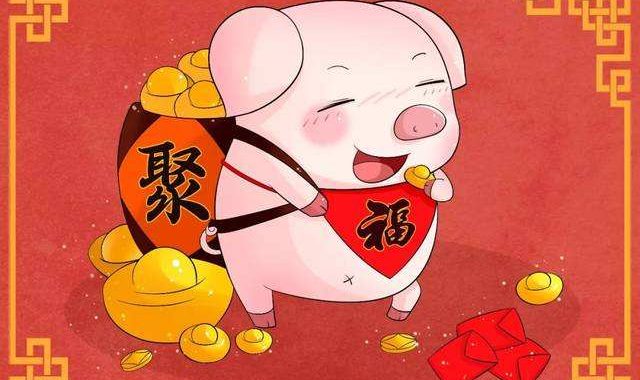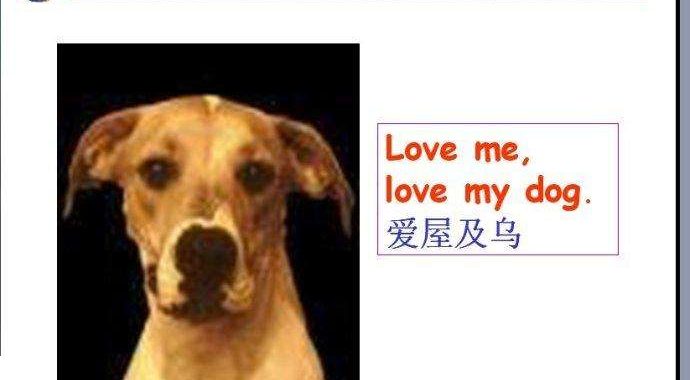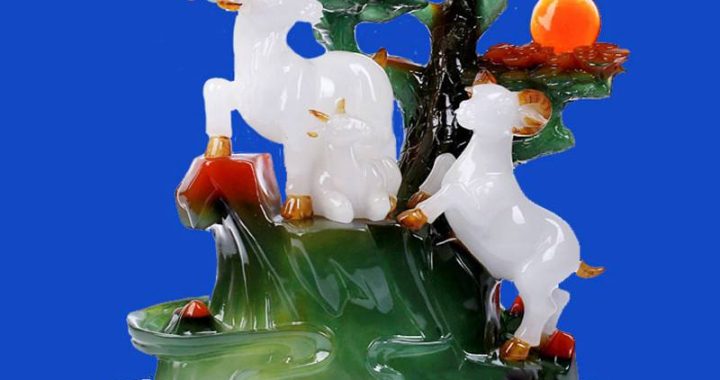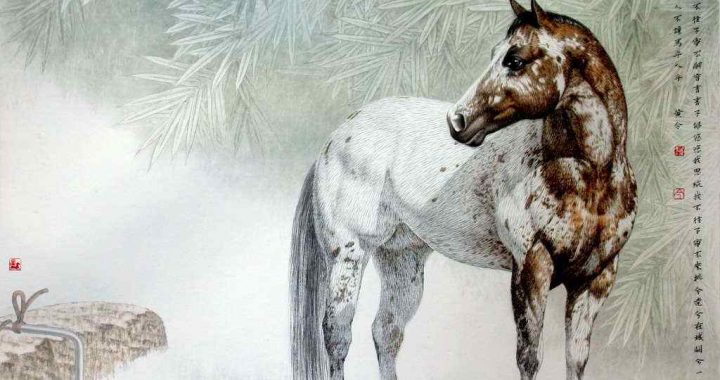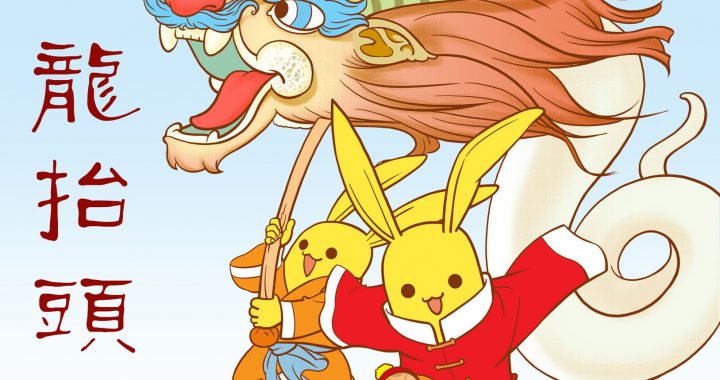The Greeting in China
2 min readCommon Greeting in China
In most cultures,when you meet acquaintances for the first time during a day,itis normal to greet them.The main purpose of this greeting is to build up a good relationship between the people concerned,and each language usually had a number of set phrases which can be used for this purpose.
The most common form of greeting is ni hao,usually translated as“Good day”but literally meaning”You are wel1.”The same greeting phrased as a question(“How areyou?”)is“ni hao ma”.The response is usually nihao.You may use it on any occasion regardless of the time of day or the social status of the person you are greeting.
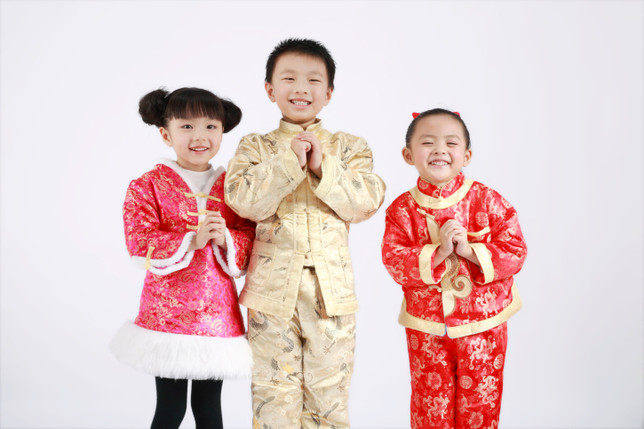
Handshaking
Handshaking was first introduced into China after the overthrow of the Qing Dynasty at the beginning of last century.Besides the concept of a republic,thanks to Dr.Sun Yat-sen,many unknown and unforeseen practices were imported from Europe:to work on weekdays and to have day off on Sundays,the solar calendar,the brushing of teeth,and a few.In old China,the courteous behavior was that when people met or parted,they bowed to each other and cupped their own hands one in the other,moving them up and down several times in front of the chest to pay obeisance.After almost a century the westernized way of greetings has not yet become very popular among the masses,while the age-old national practices have almost been forgotten through neglect.Nowadays some Chinese have too stiff a neck to give a slight nod even at an international gathering,to say nothing of bowing.What a great pity!
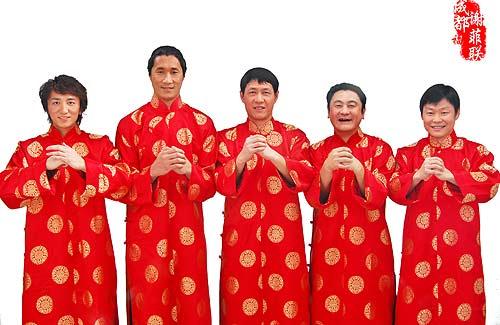
Traditional Greeting in China
The traditional greeting is to cup one’s own hands(left over right),chest high,and raise them slightly as a salute.In earlier times when greeting a person of superior social standing,it was customary to raise the hands as high as the forehead and to execute a low bow.This tradition has a history of more than 2 000 years,but nowadays it is seldom used except in the Spring Festival or on other special occasions.

